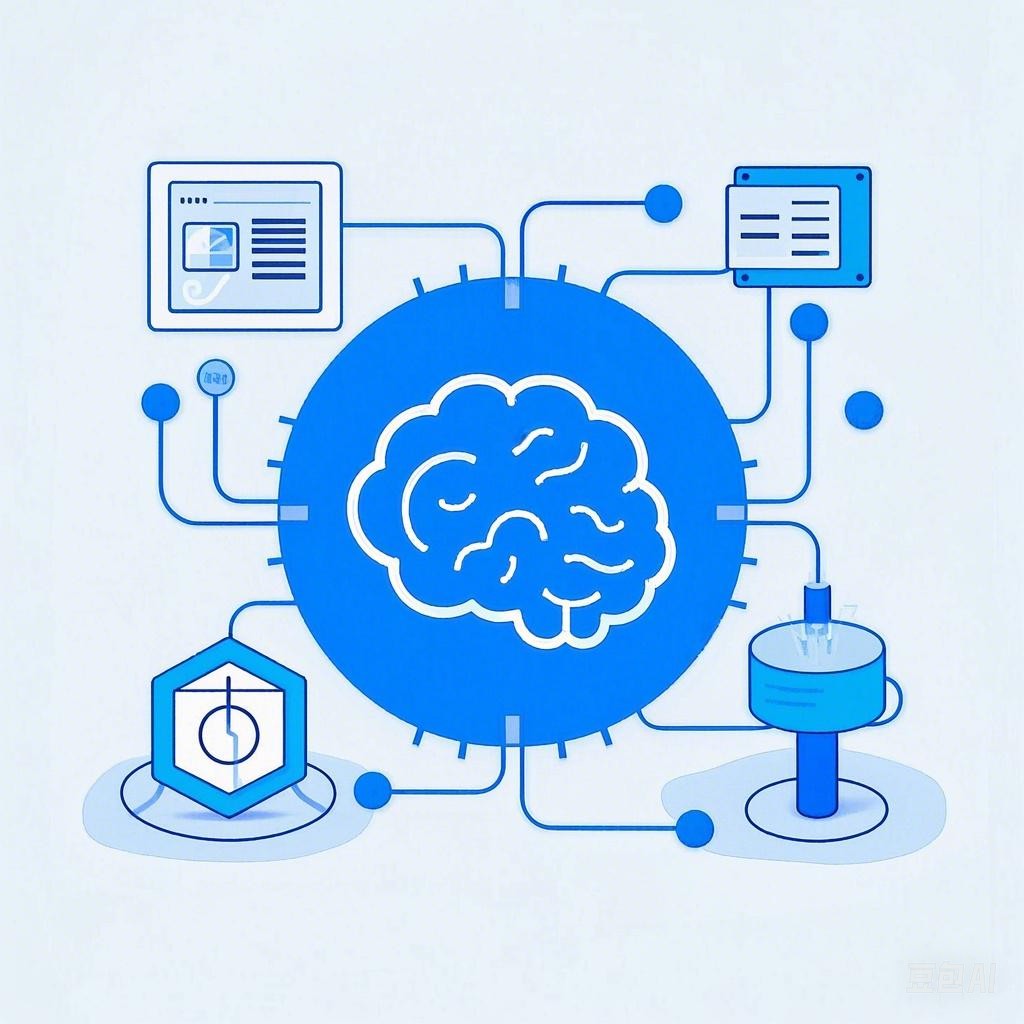Bootstrap 是一个流行的前端框架,它提供了大量的工具和组件,使得开发者能够快速构建响应式和美观的网页界面。然而,Bootstrap 并不直接涉及后端交互,但我们可以利用它的一些特性来增强后端交互的体验。以下是一些技巧,帮助你在使用 Bootstrap 时更好地实现后端交互。
1. 使用 Bootstrap 表单组件
Bootstrap 提供了一系列的表单组件,如输入框、选择框、单选按钮和复选框等。这些组件可以与后端交互无缝结合,提升用户体验。
示例代码:
<form>
<div class="form-group">
<label for="inputEmail">邮箱地址</label>
<input type="email" class="form-control" id="inputEmail" placeholder="请输入邮箱地址">
</div>
<div class="form-group">
<label for="inputPassword">密码</label>
<input type="password" class="form-control" id="inputPassword" placeholder="请输入密码">
</div>
<button type="submit" class="btn btn-primary">登录</button>
</form>
2. 利用 Bootstrap 弹窗组件
Bootstrap 的模态框(Modal)组件可以用来展示后端返回的详细信息,如用户信息、错误提示等。
示例代码:
<!-- 模态框(Modal) -->
<div class="modal fade" id="myModal" tabindex="-1" role="dialog" aria-labelledby="myModalLabel" aria-hidden="true">
<div class="modal-dialog">
<div class="modal-content">
<div class="modal-header">
<button type="button" class="close" data-dismiss="modal" aria-hidden="true">×</button>
<h4 class="modal-title" id="myModalLabel">用户信息</h4>
</div>
<div class="modal-body">
<!-- 用户信息展示 -->
</div>
<div class="modal-footer">
<button type="button" class="btn btn-default" data-dismiss="modal">关闭</button>
</div>
</div>
</div>
</div>
3. 使用 Bootstrap 表格组件
Bootstrap 的表格组件可以用来展示后端返回的数据列表,如用户列表、订单列表等。
示例代码:
<table class="table table-bordered">
<thead>
<tr>
<th>用户名</th>
<th>邮箱地址</th>
<th>注册时间</th>
</tr>
</thead>
<tbody>
<!-- 用户数据展示 -->
</tbody>
</table>
4. 响应式设计
Bootstrap 提供了响应式设计的能力,可以确保你的网页在不同设备上都能保持良好的显示效果。这对于后端交互来说非常重要,因为用户可能在不同设备上访问你的网页。
示例代码:
<div class="container">
<!-- 页面内容 -->
</div>
5. 动画效果
Bootstrap 提供了丰富的动画效果,可以用来增强后端交互的视觉效果。例如,当用户提交表单时,可以使用动画效果来提示用户数据已成功提交。
示例代码:
<button type="submit" class="btn btn-primary">提交</button>
通过以上技巧,你可以利用 Bootstrap 来轻松实现后端交互,提升用户体验。在实际开发中,可以根据具体需求选择合适的组件和效果,打造出既美观又实用的网页界面。
